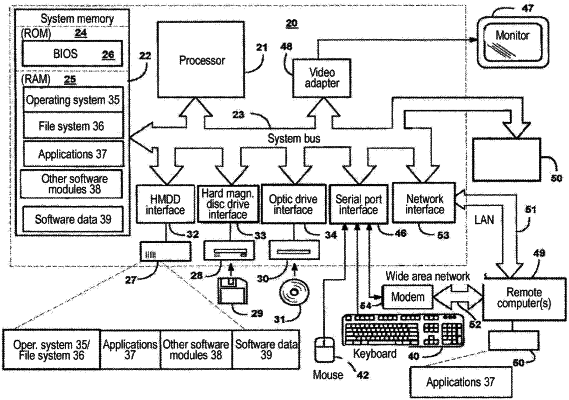| CPC G06Q 10/1053 (2013.01) [G06F 16/93 (2019.01); G06F 16/9535 (2019.01)] | 11 Claims |

|
1. A method for automated search for a recruitment system, comprising:
forming a working database that includes documents, each document representing a resume or a vacancy,
wherein each document has a unique identifier and includes at least one indexed field, the indexed field including natural language text information that describes the document, the indexed field having a unique field identifier;
wherein updating of the document in the working database includes deleting an old version of the document and adding a new version of the document;
forming a learning database that represents a subset of the working database and that includes only documents with user feedback in response to a user query, such that the feedback characterizes a relevance of the document to the user query;
indexing the documents in the working database by transforming, into index tables, the natural language text information in all index fields of all the documents, each index table corresponding to one index field, each row in an index table corresponds to a document and each column in the index table corresponds to a natural language term from the corresponding index field, and a value in a cell represents a presence of the natural language term in that document;
for each index field, forming a learning matrix, such that rows in the learning matrix correspond to documents in the learning database;
for each index field, generating a lossy learning matrix from the learning matrix, wherein rows of the lossy learning matrix correspond to compressed rows of the learning matrix with rank reduction, wherein each cell of the lossy learning matrix has a value of 0 or 1, and wherein the lossy learning matrix is a sparse matrix,
wherein each column in the lossy learning matrix is a feature of similarity;
grouping rows of the lossy learning matrix according to features of similarity, wherein documents corresponding to the grouped rows in a single group constitute a learning group of documents for the user query;
forming a decision system that, as input, uses the user query, and, as output, produces documents from the learning database that are relevant to the user query based on the user feedback, and wherein the learning group is used as an initial output of the decision system during training;
expanding the lossy learning matrix to cover all the documents in the working database, thereby forming a lossy index matrix;
in response to a runtime query from the user, forming a lossy vector from the runtime vector, the lossy vector representing a set of features of similarity;
identifying a set of features of similarity in the lossy vector that are optimal for the runtime query;
using the lossy index matrix, pre-selecting a set of documents from the working database that have the set of features of similarity; and
from the pre-selected a set of documents, selecting most relevant documents using the trained decision system, and provide the most relevant documents to the user.
|